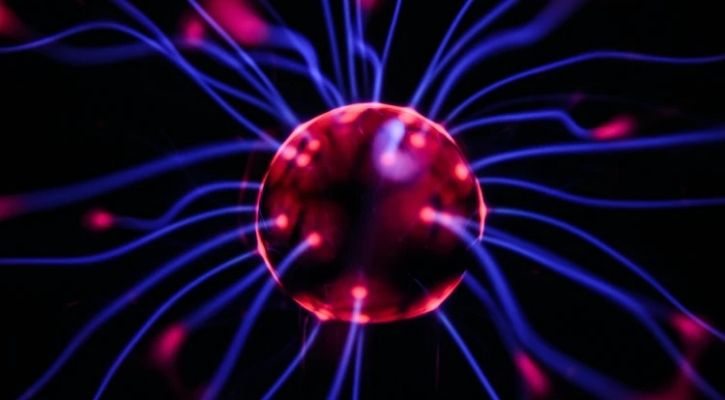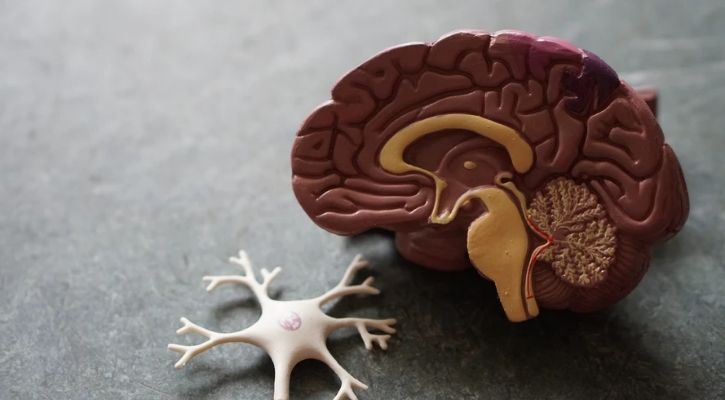Scientists Grew ‘Mini Brains’ In A Lab. Then, Those Brains Developed Eyes

A brain without a corresponding body? No, we’re not kidding.
In a groundbreaking paper, scientists have revealed that they were able to grow “mini brains” in a lab setting.
If you think this is absurd, wait till you find out that these brains also developed eye-like structures.
Why, you wonder? To perceive light.
How were Mini Brains developed?
The tiny brains were developed from stem cells in dishes. Modelled around human brains, the structures grew two optic cups akin to how eyes develop in human embryos.
 UNSPLASH
UNSPLASH
Not a big deal, you think? It is for scientists trying to understand how eye development is different for everyone and why some people develop certain eye diseases while others don’t.
Even though the lab-grown brain and its corresponding eyes are primitive iterations of its organic human counterparts, it could still assist scientists in understanding “brain-eye interactions” during the development of embryos, as stated by neuroscientist Jay Gopalakrishnan from the University Hospital Düsseldorf in Germany in a press release.
What will Mini Brains with eyes reveal?
According to scientists, the structures could help doctors understand congenital retinal disorders, and help create retinal cells that would cater to patient-specific needs and assist in transplantation therapies.
These are not real brains though, but are mere brain “organoids”, i.e., they’re 3D structures that are grown from stem cells that were derived from actual adult human brain cells.
Those brain cells were then reverse engineered into stem cells which can grow into multiple types of tissues.
These mini brains, however lack thoughts, emotions and consciousness and are used in research settings where real living human brains would not endure.
 UNSPLASH
UNSPLASH
Earlier, a group of other scientists had used the same technique to grow optic cups in isolation. But Gopalakrishnan and co. wanted to observe whether the structures could grow within brain organoids, shedding light on how these two types of tissues grow in tandem as opposed to in isolation.
By the 30th day, optic cups were growing in baby brains and by the 50th day, the structures were clearly visible – consistent with the timeline of organoid growth in humans.




